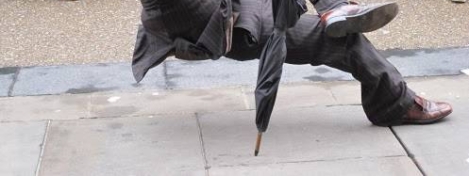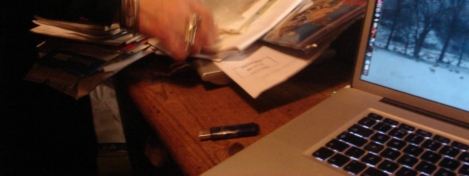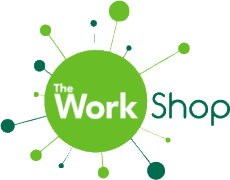May 29, 2013
Crowds brave the grey weather to enjoy Clerkenwell Design Week
 In contrast to last year when the sun shone and temperatures were giddily high, Clerkenwell in late May was distinctly chilly, with a constant stiff breeze, on and off rain, and even a hailstorm. The weather may have been unseasonably cold but that didn’t stop the crowds flocking to the most popular venues and showrooms, and several of the evening parties were so crowded they had to close their doors. The signs had been good, even before the show opened. Advance registrations were over 46,000, compared with last year’s 22,000 visitors and by the end of the show, total registrations had reached 55,000.
In contrast to last year when the sun shone and temperatures were giddily high, Clerkenwell in late May was distinctly chilly, with a constant stiff breeze, on and off rain, and even a hailstorm. The weather may have been unseasonably cold but that didn’t stop the crowds flocking to the most popular venues and showrooms, and several of the evening parties were so crowded they had to close their doors. The signs had been good, even before the show opened. Advance registrations were over 46,000, compared with last year’s 22,000 visitors and by the end of the show, total registrations had reached 55,000.
























May 30, 2013
UK public sector leading the way in procurement and sustainable building
by Paul Statham • Comment, Facilities management, Public Sector, Technology
Nottingham City Council’s Loxley Building
Over the last few years, the UK Government has grown increasingly interested in finding ways of making its £30 billion property portfolio more efficient. Both the last Labour government and the current Coalition administration have been driven by the opportunities offered them with the advent of new technology, new ways of working and new procurement models. They’ve pursued these issues to cut costs by reducing and changing the way property is designed and managed but have also found how that can also help to establish best practice in sustainable building. What is increasingly apparent, especially given recent news from the Major Projects Authority about cost savings in procurement is that the public sector is now leading the way as models of good practice.
(more…)